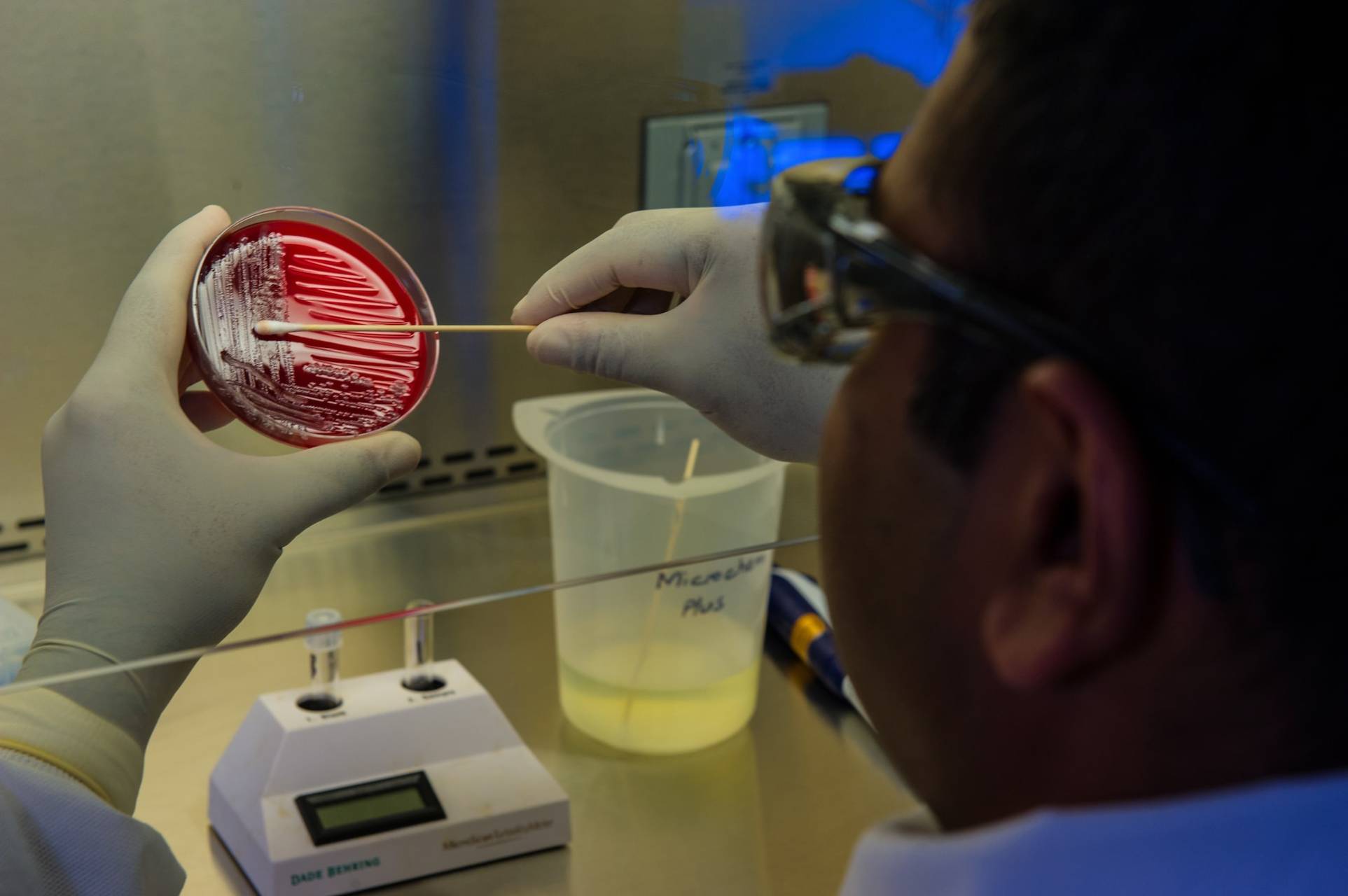



Revolutionized is reader-supported. When you buy through links on our site, we may earn an affiliate commision. Learn more here.
Microbiology is a branch of science concerned with studying life, and how it functions, at the nano scale. Biotechnology is the process of turning what we learn about the natural world to our own advantage.
Human civilization is increasingly in need of breakthroughs from these two disciplines. Our ways of life are under threat from climate change, pollution in our air and water, and topsoil with vanishing nutrient content. Biotechnology and microbiology are on the cutting edge of solving these problems and many others, especially when used together.
The simplest definition of microbiology is that it studies all forms of life that are too small for the naked eye to detect. This is an extremely diverse branch on the tree of life. It includes the following classifications:
Microbiology is about more than just studying, classifying, and understanding how these lifeforms function. It also reaches into highly practical disciplines by exploring how humans can control or make use of the unique characteristics of this type of life.
Biotechnology is the primary avenue by which scientists study, mimic, and make use of natural biological processes. The goal of this discipline is to understand the inner workings of the natural world and use existing natural processes to:
Biotechnology also frequently looks beyond the human body to study and solve common problems, such as making manufacturing processes faster and less wasteful and eliminating harmful elements and compounds from supply chains. Moreover, people want to reduce the demand for natural resources in agriculture, energy generation, and other sectors.
Scientists who study biotechnology in microbiology investigate how humans could exploit natural processes that occur at the nano scale.
It’s time to look at some examples of how combining biotechnology and microbiology pays off. What are some of the breakthroughs and current scientific avenues being unlocked by the union of biotechnology and microbiology?
As you’ve probably gathered from the discussion so far, biotechnology and microbiology are, themselves, vast and diverse fields. When combined, they unlock even more potential for scientific innovation and rewarding career experiences. Below is a selection of career opportunities you’ll be able to unlock after committing to studying biotechnology in microbiology:
It would be equally difficult to list all of the different disciplines that these career tracks touch on or revolve around. Some examples include protein biochemistry, food and beverage microbiology, immunology, molecular genetics, plant engineering and plant pathology.
Humans have experimented with various types of microbiology and biotechnology for many, many years. Breeding crops selectively and creating new foods through fermentation are just two examples.
It’s 2022, and these disciplines have much to offer the modern world. People believe biotechnology in microbiology has considerable promise for helping us solve immediate global problems like:
Humans have been interested in biotechnology and microbiology for a long time and have yet to exhaust its potential. Every day, virtually every person on Earth relies upon some combination of naturally occurring processes. Understanding the world and the organisms all around us gives us new insights into how we can better ourselves, our community, our planet, and our collective health. Now is an amazing time to start exploring biotechnology in microbiology as an endlessly fascinating and rewarding career path.
Revolutionized is reader-supported. When you buy through links on our site, we may earn an affiliate commision. Learn more here.


This site uses Akismet to reduce spam. Learn how your comment data is processed.